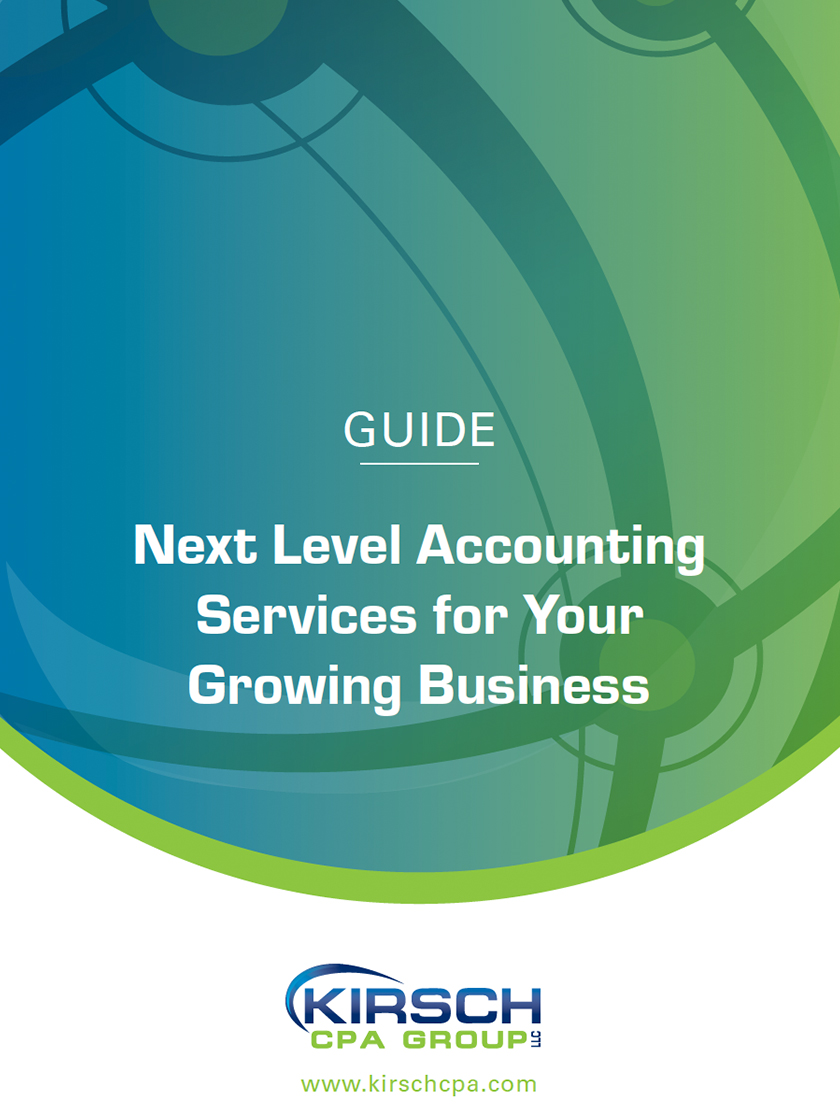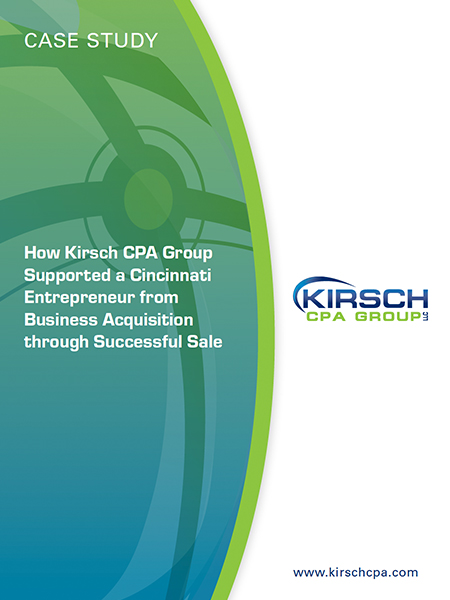Don’t Discount the Key Person Discount
Kirsch CPA Group
Mar 03, 2022

In the fourth quarter of 2021, CEO resignations were up 16% over the prior year, according to executive outplacement firm Challenger, Gray & Christmas. Recent and announced high profile departures include Twitter’s Jack Dorsey, Amazon’s Jeff Bezos and American Airlines’ Doug Parker. This trend is expected to continue into 2022 as executives swap high-stress positions for more family time. Would your business survive if its CEO or founder suddenly jumped ship?
Large public companies often have deep management structures and succession plans in place. So, they can usually recover from the loss of a C-level executive over time, except in rare instances. It’s more common for smaller businesses to depend heavily on a key person — and the actual, or even the potential, loss of that individual is likely to have a major impact on value. Key person discounts are applied to reflect the reduction in a company’s value resulting from such a loss.
What’s Relevant?
A key person might generate most of the company’s revenues; possess intricate technical knowledge, intellectual property, charisma or creative ability; or maintain close relationships with critical customers or vendors. So, a key person discount is most appropriate when the subject business is continuing (rather than liquidating), and the key person is free to leave the company.
When estimating this discount, a valuation expert generally considers:
- The key person’s responsibilities,
- The degree of dependence on the key person,
- The likelihood of losing the key person,
- The depth and quality of other management,
- The availability and likely compensation of a replacement, and
- The risks associated with losing the key person.
The expert must also weigh factors that might offset the loss. Examples include key person life insurance policies and valid noncompete agreements.
How Is the Discount Quantified?
The loss of the key person could result in significant adverse effects, including lost customers, rising costs and stagnant product development. Before relying on a valuation that incorporates a key person discount, check that the expert hasn’t accounted more than once for the risks of losing that individual.
Key person risks can be factored into the valuation equation in three ways: 1) through a separate key person discount, 2) by normalizing the company’s future income stream, or 3) by factoring the risks into the discount or capitalization rate (or the pricing multiple).
For example, if the expert determines the future income stream will decrease as a result of losing the key person, the expert shouldn’t also increase the discount or capitalization rate to account for the risk of losing that same key person.
A Key Issue
While key person discounts are rare, courts have allowed them in certain cases. Contact Kirsch CPA Group to discuss whether this discount applies to a specific company and, if so, how to factor it into the valuation equation.
We can help you tackle business challenges like these – schedule an appointment today.
© Copyright 2022. All rights reserved.
More Resources

About The Author
Kirsch CPA Group is a full service CPA and business advisory firm helping businesses and organizations with accounting,…
Sign Up for Email Updates
Tags
Accounting & Financial News

Audits Are Essential to Your Organization’s Health
Audits have become more important due to increased public and government scrutiny of not-for-profit organizations, their management…

Tax Update: What the “One Big Beautiful Bill” Means for You
On July 5, President Trump signed the One Big Beautiful Bill Act (OBBB) into law—a sweeping tax…



